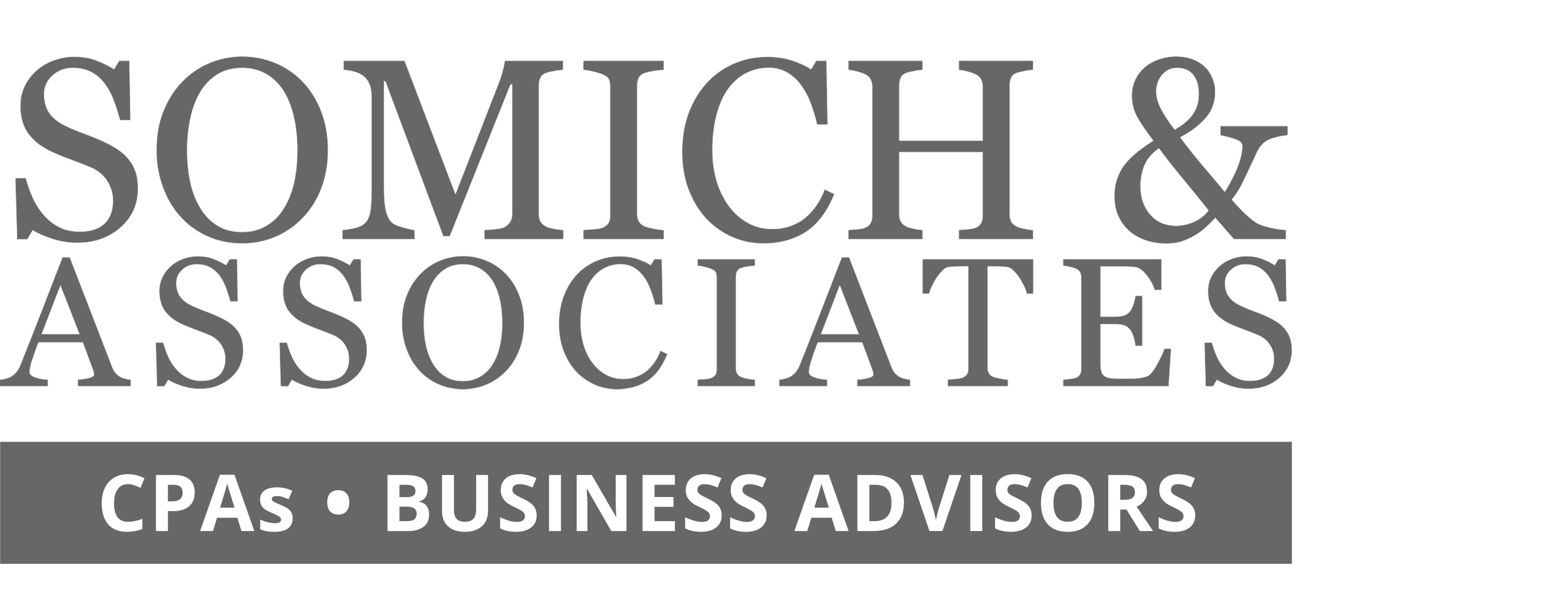You’ve spent years building your retirement savings, confident that your IRAs and 401(k)s will support a comfortable future. But lurking inside these accounts is a hidden challenge: taxes. Without a plan in place, those tax obligations can shrink your retirement income and create financial stress when you need stability most.
The Trap
Traditional retirement accounts such as IRAs and 401(k)s are tax-deferred. That means you don’t pay tax on the money you put in, but you do pay when you take it out. Beginning at age 73 (or age 75 if you were born in 1960 or later), the IRS requires you to start taking Required Minimum Distributions (RMDs). These mandatory withdrawals grow over time and are taxed as ordinary income.
The ripple effects can be costly:
- Pushing you into higher tax brackets
- Raising your Medicare premiums
- Increasing the taxable portion of your Social Security benefits
- Phasing you out of deductions and credits
- Reducing the inheritance you’re able to pass on
And the longer you delay addressing this, the fewer options you’ll have.
Roth Conversions: A Potential Solution
One way to ease the impact is through a Roth conversion. This strategy allows you to shift funds from a traditional IRA into a Roth IRA, pay the taxes now, and benefit from tax-free growth and withdrawals in the future. Roth accounts also eliminate the need for RMDs, giving you more control over your income in retirement.
Timing, however, is critical. Converting too much in a single year can push you into a higher tax bracket, while waiting too long can leave you cornered by RMDs.
Smart Roth Conversion Strategies
If you’re in your 50s or early 60s and haven’t started Social Security yet, you may be in a prime planning window. A few strategies to consider include:
- Bracket management – Convert just enough each year to stay within a lower tax bracket.
- Take advantage of market dips – When markets are down, conversions cost less in taxes, and you’ll enjoy tax-free growth as values recover.
- Coordinate with other income – Plan conversions in lower-income years, such as after retirement but before Social Security begins.
- Use taxable accounts to cover taxes – Paying the conversion tax with funds outside your IRA keeps more dollars growing tax-free in your Roth.
Plan Ahead for Peace of Mind
Managing taxes in retirement is not about finding loopholes but about creating a thoughtful, forward-looking strategy. By planning for RMDs early and using Roth conversions wisely, you can reduce your long-term tax burden, protect your retirement income, and leave more for the people and causes that matter most.
